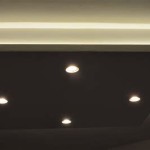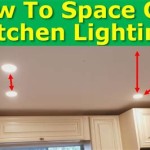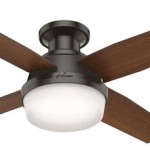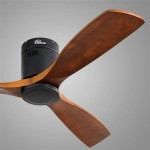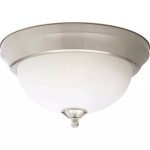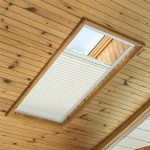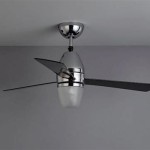Ceiling Light Fixture Mounting Hardware: Essential Aspects
Ceiling light fixture mounting hardware is an essential component for securely installing ceiling lights. It provides a stable base for the fixture, ensuring its proper functioning and longevity. Various aspects of mounting hardware, such as screws, brackets, and crossbars, significantly impact the safety and aesthetics of the installation.
This article explores the essential aspects of ceiling light fixture mounting hardware, discussing their importance and providing insights into its functionality and selection. By understanding these aspects, homeowners and contractors can ensure proper and safe light fixture installations, enhancing the functionality and appearance of their living spaces.
Screws: Screws are the primary components of mounting hardware, responsible for securing the fixture base to the ceiling. They vary in size, thread count, and material. Choosing the correct screw length and type ensures a firm hold without damaging the ceiling or the fixture. Drywall screws, for instance, are suitable for drywall ceilings, while wood screws provide a strong grip in wooden ceilings.
Brackets: Brackets serve as support arms, connecting the fixture base to the ceiling. They come in various designs, including L-brackets, T-brackets, and crossbars. Brackets provide additional stability to the fixture, minimizing vibrations and ensuring secure mounting. The type of bracket depends on the fixture's weight and the ceiling structure.
Crossbars: Crossbars are horizontal support beams that connect two brackets. They offer increased support for heavier fixtures and provide a more even weight distribution. Crossbars are particularly useful for large or bulky fixtures, such as chandeliers or pendant lights.
Materials: The material of the mounting hardware is an important consideration. Steel, aluminum, and plastic are commonly used materials. Steel provides maximum strength and durability, making it ideal for heavy fixtures. Aluminum offers corrosion resistance and is lightweight, suitable for moisture-prone areas. Plastic is a budget-friendly option, but it has lower load-bearing capacity.
Compatibility: Choosing hardware compatible with the fixture and the ceiling type is crucial. Fixture manufacturers often provide specific mounting hardware recommendations to ensure proper installation. Compatibility ensures a secure fit, prevents wobbling, and minimizes the risk of the fixture falling.
Understanding the essential aspects of ceiling light fixture mounting hardware is key to safe and aesthetically pleasing installations. By carefully selecting and using the appropriate hardware, homeowners and contractors can enhance the functionality and longevity of their ceiling lights, creating a well-lit and inviting ambiance in their living spaces.

Mounting Light Fixtures Fine Homebuilding

Mounting Light Fixtures Fine Homebuilding

Uxcell Ceiling Light Plate Lighting Fixture Mounting Bracket 4 1 X0 71 67 L W H 8pcs Com

How To Replace Install A Light Fixture The Art Of Manliness

Project Source 5 In Silver Metal Ceiling Light Mount The Mounts Department At Com

Mounting Light Fixtures Fine Homebuilding

Whole Iron Ceiling Light Fixture Mounting Bracket Pandahall Com

Vintage Hardware Lighting 222 Series Close Ceiling Light Mounting Kit 2l Pb

How To Install Ceiling Light Mounting Brackets

Lighting Hardware Accessories At Menards
Related Posts
